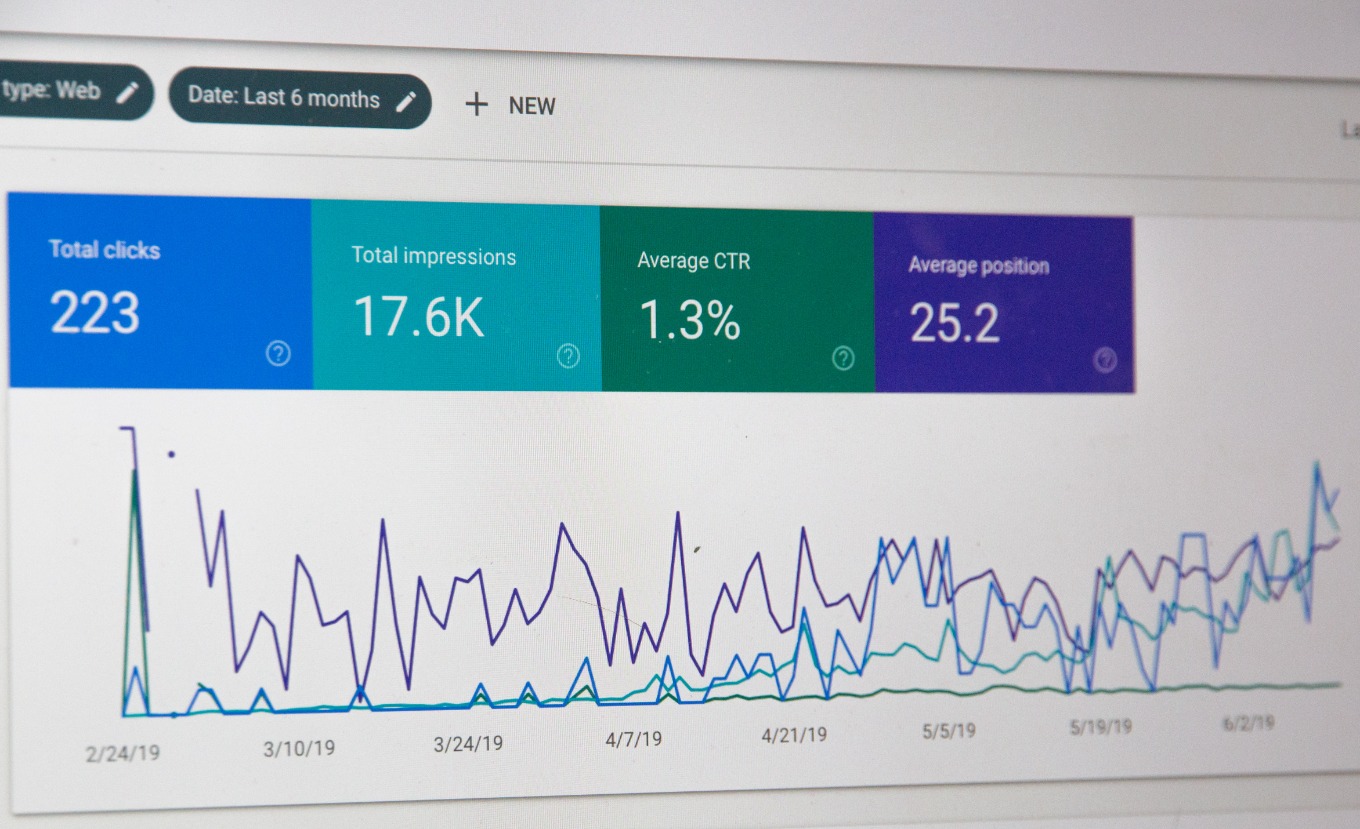Burial Insurance For Seniors Industry Report: Unveiling Key Findings and Crucial Insights
Understanding the nuances of the burial insurance industry, particularly as it pertains to seniors, necessitates a deep dive into a complex web of economic, sociological, and demographic factors. This examination reveals critical insights about the current scenario and potential future trends that can shape industry dynamics and consumer behavior.
Burial insurance, often referred to as final expense or funeral insurance, is a type of life insurance policy designed to cover funeral expenses and other associated costs. It is a niche product in the vast insurance landscape but holds considerable significance due to its implications on one of life’s most inevitable aspects – death. For seniors, this type of insurance represents a key element in end-of-life planning, providing financial assurance for their families when they pass away.
The interaction between burial insurance and seniors is multifaceted. Economically speaking, rising funeral costs have made burial insurance an indispensable tool for seniors. From a psychological viewpoint, it also offers peace of mind, knowing loved ones won't bear financial burdens upon their death. The sociological significance of this insurance is also apparent, as it reflects societal norms around death, dying, and financial responsibility.
In a world of increasing life expectancy, the age structure of populations globally is changing drastically. According to the World Health Organization, the proportion of the world's population over 60 years will nearly double from 12% to 22% between 2015 and 2050. This demographic change has significant implications for the burial insurance industry, which predominantly caters to seniors.
As this demographic expands, so does the potential market for burial insurance. However, this growth isn't without challenges. Increasing longevity means seniors live longer, and thus premiums are collected over a more extended period. From an actuarial perspective, this could potentially destabilize pricing models and affect profitability.
The senior population is not homogenous; there are multiple variables at play, including health status, financial situation, and personal beliefs about death and dying. Therefore, burial insurance companies must employ advanced segmentation and targeting techniques to optimize their marketing efforts. For instance, application of cluster analysis, often used in market segmentation, may help companies identify specific groups within the senior population who are more likely to purchase burial insurance.
Innovation is another crucial aspect of the burial insurance industry. Traditional underwriting methods, which involve comprehensive medical examinations, may deter seniors from purchasing insurance. Therefore, insurance companies have introduced simplified issue policies, requiring only a questionnaire instead of a full medical examination. Additionally, advancements in predictive analytics and machine learning can help companies streamline the underwriting process and customize policies to specific risk profiles.
On the regulatory side, the burial insurance industry is subject to the complex labyrinth of insurance laws, which vary by state. These laws affect various aspects, including policy pricing, claims processing, and regulatory compliance. Furthermore, burial insurance, like other insurance products, is affected by overarching economic conditions. In times of economic downturn, consumers might consider it a discretionary expense, leading to decreased demand.
In conclusion, the interplay between seniors and the burial insurance industry is a rich tapestry woven from demographic shifts, economic factors, technological advancements, and regulatory dynamics. As the senior population continues to grow, so does the importance of understanding this complex landscape. It's crucial for insurers to stay agile, continually adapting their strategies to the evolving market conditions and consumer needs. The future of the burial insurance industry hinges on its ability to navigate this intricate ecosystem.
As the senior population continues to grow, so does the importance of understanding this complex landscape. It's crucial for insurers to stay agile, continually adapting their strategies to the evolving market conditions and consumer needs.






